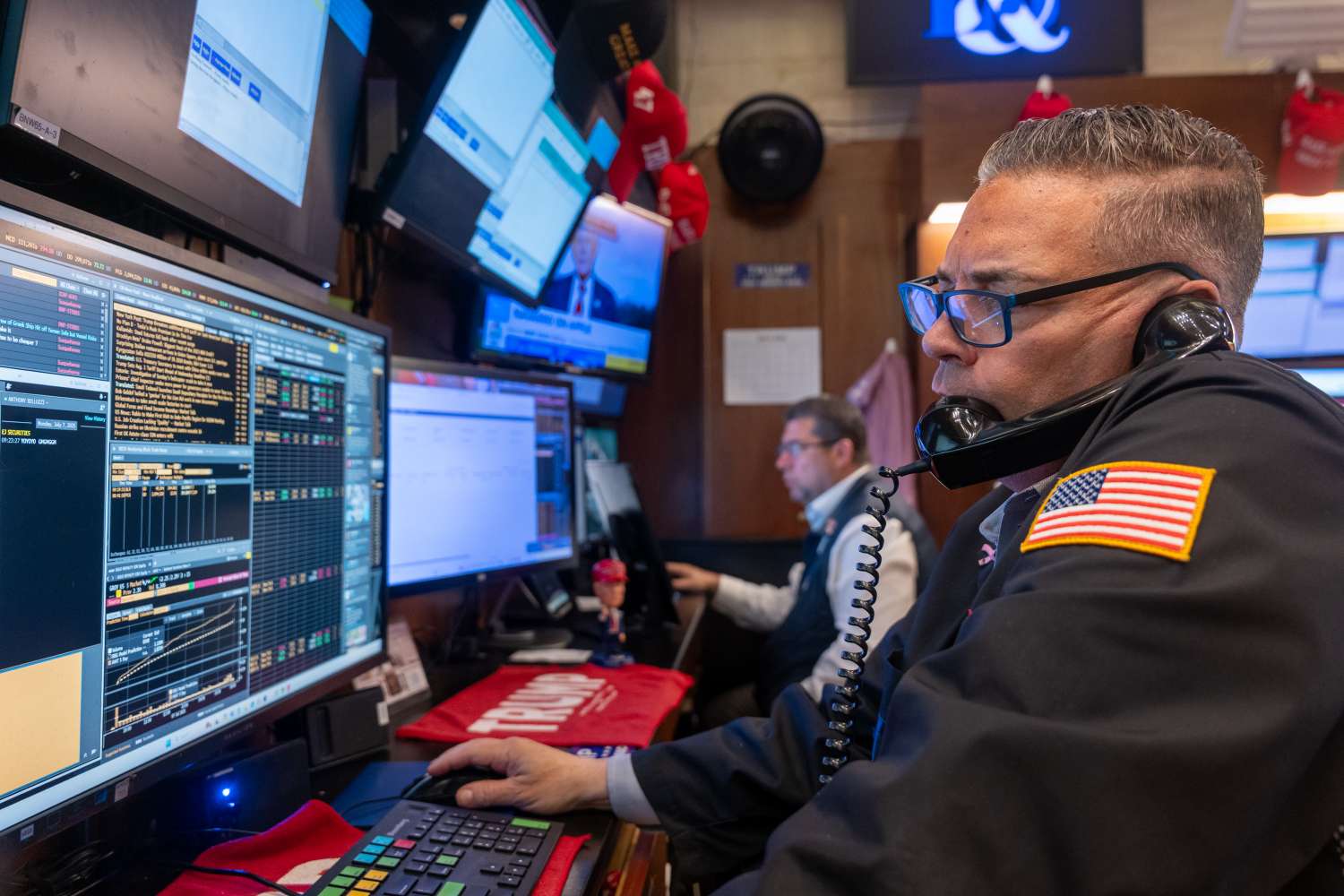As global trade tensions rise and signs of economic friction re-emerge, the U.S. Federal Reserve is facing renewed pressure to recalibrate its monetary policy. Central to the discussion is the impact of newly imposed tariffs and how they might influence inflation and broader economic growth. Against this backdrop, the Fed is now signaling the possibility of rate cuts later in 2025, a move that could shape global financial markets.
Backdrop: Tariff Surge and Economic Headwinds
The reintroduction of tariffs on a range of Chinese goods has sparked concerns across the economic spectrum. While intended to support domestic industries, tariffs typically result in higher import prices, squeezing consumers and businesses alike. The latest wave—targeting tech components, consumer electronics, and automotive parts—has already begun to ripple through supply chains.
As tariff-related costs escalate, U.S. businesses face difficult choices: absorb the costs, pass them on to consumers, or cut investment and hiring. Each of these choices has implications for economic growth.
Mixed Signals in Economic Data
The Federal Reserve’s potential pivot toward rate cuts is grounded in a complicated economic picture:
- Inflation: The Fed’s preferred inflation measure, the core Personal Consumption Expenditures (PCE) index, has moderated compared to last year. This suggests that while price pressures exist, they are not out of control. However, tariffs could reignite short-term inflation as firms adjust their pricing structures.
- Employment: Job growth remains steady, but wage gains have started to plateau. Many economists believe that the labor market, while still strong, could begin to cool if business sentiment deteriorates further due to rising costs and geopolitical uncertainties.
- Consumer Spending: After months of resilience, consumer confidence has started to waver, especially in sectors directly affected by tariffs like retail and tech. Households are spending more on necessities, leaving less room for discretionary purchases.
Voices from the Federal Reserve
Several key figures in the Federal Reserve system have shared perspectives that hint at upcoming rate decisions:
- Christopher Waller, a member of the Board of Governors, has noted that if inflation continues its downward trajectory and the labor market remains robust, he would support rate cuts. However, he also warned that tariffs could distort inflation data in the near term.
- Austan Goolsbee, President of the Chicago Fed, has emphasized a long-term view. He believes that rate cuts remain likely within the next 12 to 15 months, assuming no major negative shocks. Goolsbee also pointed out that monetary policy operates with a lag, meaning current conditions might not reflect the full impact of previous rate hikes.
- Lorie Logan, President of the Dallas Fed, struck a more cautious tone. She warned that tariff-induced inflation spikes could raise expectations and become self-fulfilling. In her view, the Fed must remain vigilant and avoid relaxing policy too soon if it risks reigniting inflation.
These divergent views reflect the challenge the Fed faces—balancing short-term political and economic pressures with long-term financial stability.
Global Implications
The Federal Reserve’s policy moves are not just domestic issues; they reverberate globally. A rate cut in the U.S. typically leads to a weaker dollar, potentially offering relief to emerging markets burdened by dollar-denominated debt. However, it also complicates the picture for other central banks, particularly those in Europe and Asia, which must then adjust their own rates to prevent capital flight.
Additionally, with the European Central Bank and Bank of Canada already signaling dovish turns, the Fed’s actions could set the tone for global monetary easing in late 2025.
Investor Sentiment and Market Reactions
Financial markets have largely priced in the potential for a Fed rate cut by Q4 2025. Equity indices have seen modest gains in response to the Fed’s dovish tone, while bond yields have edged lower. The yield curve remains relatively flat, indicating investor caution about future growth.
Wall Street analysts are divided: some believe rate cuts could stimulate business investment, while others argue that without resolving underlying trade tensions, monetary easing may offer limited benefits.
Moreover, certain sectors stand to benefit more than others. Real estate, utilities, and consumer discretionary industries often perform better in a lower interest rate environment, while banks and financials may see profit margins squeezed.
Political Dimension
The return of tariffs and the Fed’s monetary deliberations are unfolding in a highly charged political environment. With the 2026 midterms on the horizon, economic narratives will likely play a significant role in campaign strategies. The Fed, while independent, cannot entirely insulate itself from the political winds that shape public expectations and media narratives.
President Biden’s administration has largely maintained a measured stance on tariffs but faces increasing pressure to address voter concerns about inflation and trade policy. Meanwhile, Republican leaders have criticized what they view as the Fed’s overly accommodative stance, warning that rate cuts could reignite inflationary pressures.
What to Expect in the Coming Months
Looking ahead, the Fed’s path will depend heavily on the following indicators:
- CPI and PCE reports: Clear evidence of inflation returning to the 2% target would bolster the case for rate cuts.
- Unemployment data: A rise in jobless claims or a slowdown in hiring could push the Fed to act sooner than expected.
- Consumer confidence and spending metrics: As consumers account for two-thirds of U.S. GDP, any significant retrenchment could trigger broader concern.
- Corporate earnings and guidance: With many firms revising their earnings forecasts downward due to tariffs, the Fed may interpret this as a signal of tightening financial conditions.
Conclusion
The Federal Reserve’s contemplation of rate cuts in 2025 underscores the complexity of navigating an economy buffeted by global trade tensions, inflationary headwinds, and political uncertainty. While the Fed’s ultimate mandate remains the pursuit of stable prices and full employment, achieving this balance in today’s volatile environment requires nuanced, forward-looking policymaking.
For now, all eyes remain on the economic data and the Fed’s measured response. A rate cut, if delivered, would mark a shift from tightening to accommodation—a clear signal that the Fed believes growth risks now outweigh inflationary concerns.




